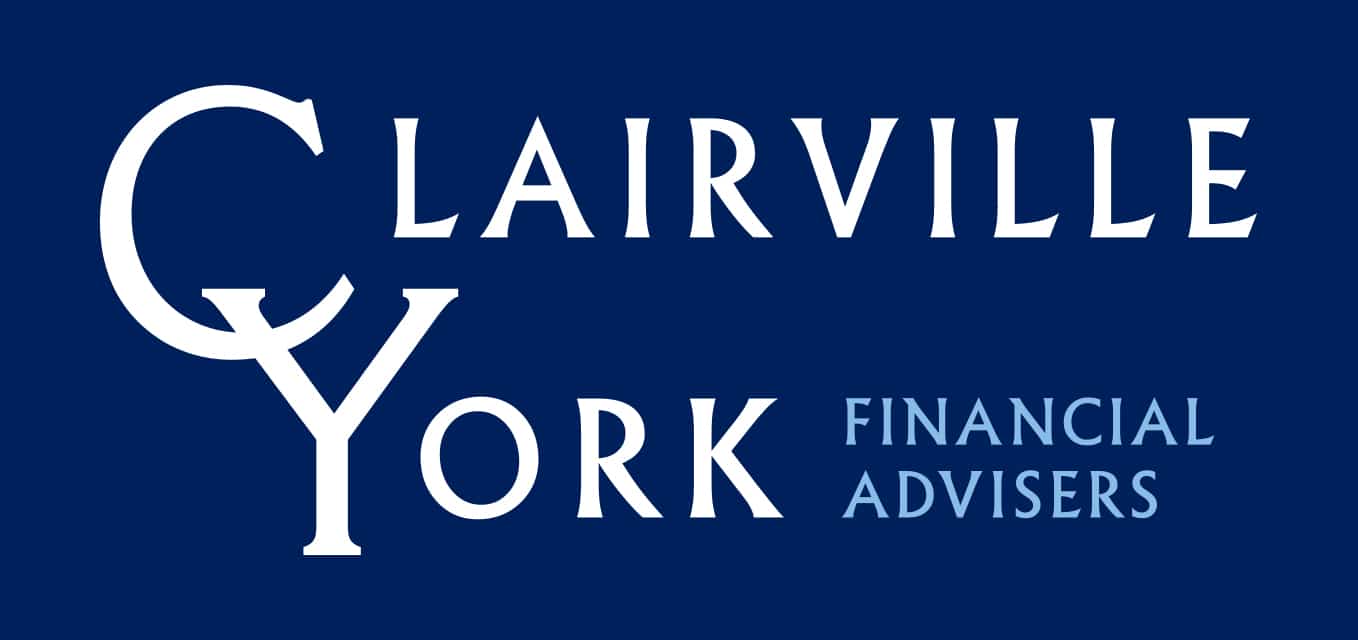Year-end tax planning
Year-end tax planning The tax year end is approaching and calls for a review of personal finances: Pension contributions The maximum pension contribution on which tax relief can be claimed in any one year is £40,000, but if funds are being withdrawn under a flexible drawdown arrangement, then the limit reduces to £10,000 and is […]
